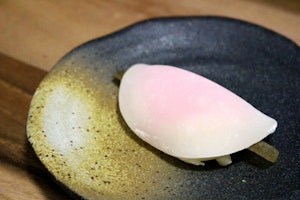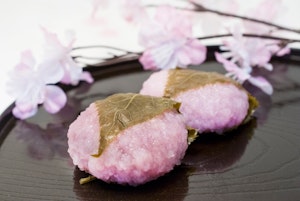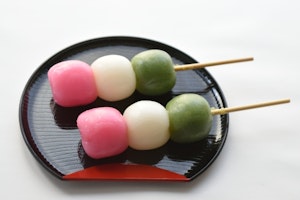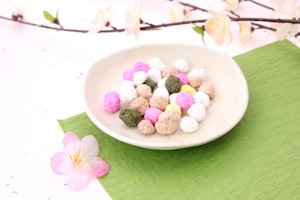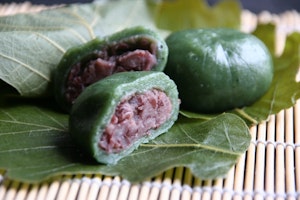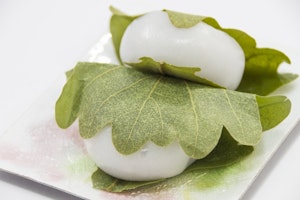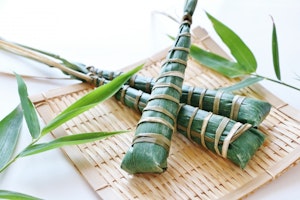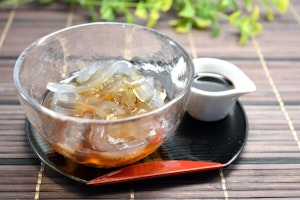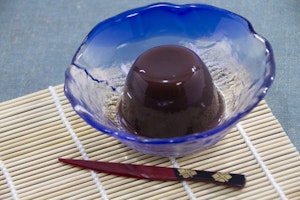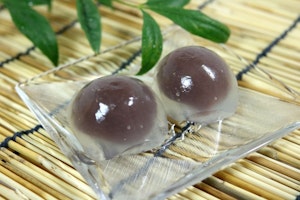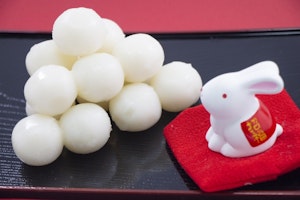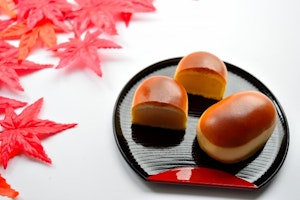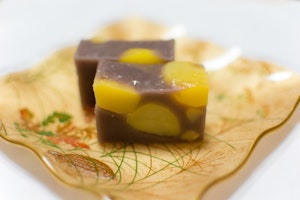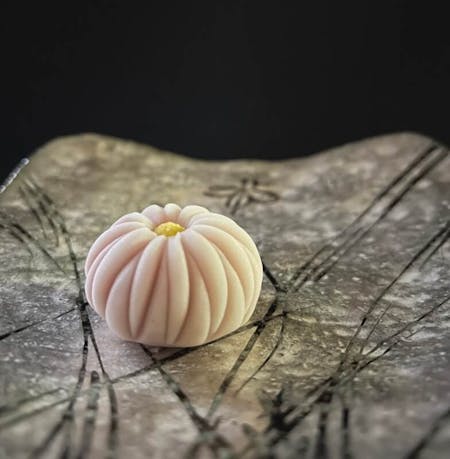
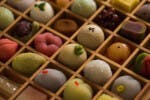
139 Cooking Classes in Kyoto
27 Classes in Kyoto
15 Classes in Kyoto
10 Classes in Kyoto
5 Classes in Kyoto
10 Classes in Kyoto
3 Classes in Kyoto
3 Classes in Kyoto
9 Classes in Kyoto
8 Classes in Kyoto
4 Classes in Kyoto
3 Classes in Kyoto
26 Classes in Kyoto
8 Classes in Kyoto
People often find their way to Kyoto to experience the traditional and historical side of Japan. In addition to visiting shrines and temples, this includes enjoying more traditional Japanese dishes. Japanese sweets, called wagashi, are an integral part of the cuisine and are typically enjoyed with a cup of green tea. Learn the art of wagashi during your stay in Kyoto!
Very knowledgeable and patient. Her English is fantastic. Very fun class. It is so good I did it twice! I recommend this experience for anyone interested in wagashi.
Our family had a wonderful time under Yasue’s tutelage. She was very polite, knowledgeable and skilled. With her assistance, everyone was able to make their chrysanthemum flower and enjoy the experience.
I had an amazing time! Yasue is an expert in wagashi yet her workshop is easy to follow, even for beginners. She is patient and encouraging, creating a warm atmosphere where you feel comfortable asking questions and experimenting. Her passion for wagashi is contagious and you leave not just with ...
I love wagashi. It had been my wish for a long time to take part in a wagashi-making workshop. With Yasue’s workshop, I found exactly what I was looking for. We were a lovely group and had a lot of fun. Yasue-san is a great teacher with good english and clear instructions. She explained a lot a...
You are one of the most lovely person I met in my life. Learning from you is such a gift.
All wagashi making classes in Kyoto on airKitchen are offered in English.
Kyoto Wagashi Making Class with a Professional Artisan is popular with other travelers visiting Kyoto.
Popular cheap wagashi making classes in Kyoto include Traditional Japanese sweets \"Nerikiri\" & Matcha (Solo Friendly).
On average wagashi making classes in Kyoto cost ¥8218 per person (based on airKitchen prices).
Hishi hanabira mochi have a light pink hue and are shaped like a flower petal. Inside the layer of mochi is anko (sweet bean paste) and a strip of gobo (burdock). It is enjoyed during new year celebrations and tea ceremonies.
Consisting of light pink mochi and anko, sakura mochi is wrapped in a pickled cherry blossom (sakura) leaf that gives it its namesake. There are regional differences in how this wagashi is prepared, but it is commonly enjoyed in the spring – particularly during Hina Matsuri, also known as Doll's Day or Girl's Day.
This colorful sweet is enjoyed during sakura season in Japan – "hanami" is the Japanese word for cherry blossom viewing. Three small, differently-colored mochi balls are skewered on a stick: one pink, one white, and one green. Different natural ingredients are used to color the mochi.
Another popular dessert enjoyed during Hina Matsuri is hina arare. This treat consists of dry, tri-colored rice puffs that are white, pink, and green.
Hishi mochi, yet another type of wagashi enjoyed on Hina Matsuri, is a layered rice mochi cake. Like hanami dango and hina arare, the colors of the three layers of mochi are pink, white, and green.
Literally translating to "grass mochi," kusa mochi is a Japanese spring treat that derives its name from its green color. It is sometimes filled with anko.
This wagashi is enjoyed on Children's Day, which takes places on the fifth of May each year. The mochi is filled with anko and wrapped in kashiwa (oak) leaves, which symbolize the prosperity of the younger generations.
Another Japanese sweet enjoyed on Children's Day is chimaki. Thought to have been influenced by Chinese dumplings, this wagashi consists of a rice dumpling wrapped in a leaf and steamed. There are both sweet and savory chimaki variations, distinguished by their fillings.
Refreshing kuzukiri is a sweet and refreshing way to battle Japan's summer heat. The transparent noodles are made from water and kudzu powder, and are often served alongside a black sugar syrup to add a sweet flavor.
Yokan is a traditional, jellied Japanese dessert made of anko, agar, and sugar. Mizu yokan is a variation that contains a greater ratio of water – "mizu" means "water" in Japanese. This lends itself to a yokan that is softer and lighter than regular yokan.
Mizu manju is a traditional summer treat that consists of anko filling and an exterior layer made of kuzu starch and water. The kuzu starch creates a semi-translucent outer layer that has a jelly-like texture when cooled.
Made of mochi covered with an outside layer of chunky red bean paste, ohagi is a simple but sweet treat enjoyed in the fall.
"Tsukimi" refers to the tradition of autumn harvest moon viewing in Japan. Tsukimi dango is a type of wagashi enjoyed during these festivities, consisting of white rice dumplings. At its most traditional, 15 of these rice dango are stacked on top of each other in a pyramid shape when served.
Kuri manju is a baked bun that contains white bean paste and chestnut. Sometimes the chestnut is mixed into the white bean paste, and other times a whole chestnut is used. This is a popular fall wagashi because chestnut season is during autumn.
Another type of wagashi that makes use of chestnut is kuri mushi. It is a Japanese jelly cake flavored with azuki and chestnut.
Oshiruko is a tasty and warm wagashi that is enjoyed during Japan's cold winters. It is composed of mochi balls swimming in a sweet azuki bean porridge.
Kyoto is one of the largest cities in Japan. For tourists, Kyoto is the place to visit in Japan. Back in the days, Kyoto was the capital of Japan. There are several attractions in the city, including shopping centers, restaurants and amusement parks. The local food in Kyoto is also very delicious. There are several bakeries and supermarkets in Kyoto. You will find several confectionery items, including Wagashi, in grocery stores and supermarkets. Wagashi is the most commonly available sweet food item in Kyoto. It is made from purely natural ingredients including wheat, flour, sugar and red beans. Japanese serve Wagashi with tea. Wagashi is an ancient Japanese cuisine and is deeply associated with Japanese culture. To know more about Wagashi, you can join a Wagashi making class in Kyoto. For the ease of foreigners, these classes are offered in the English language. Wagashi making classes are ideal for those who want to learn the authentic recipe of Wagashi.










